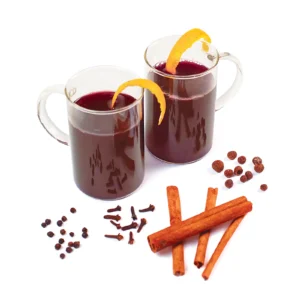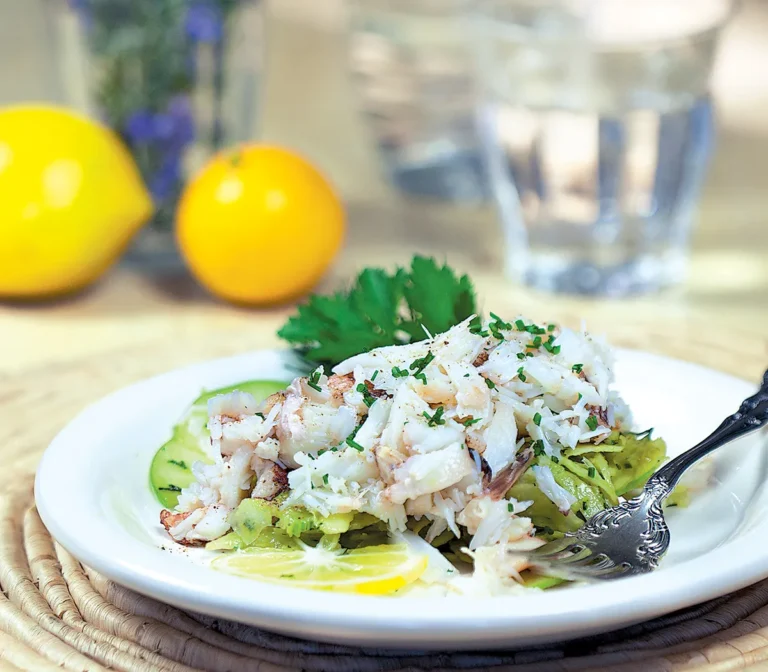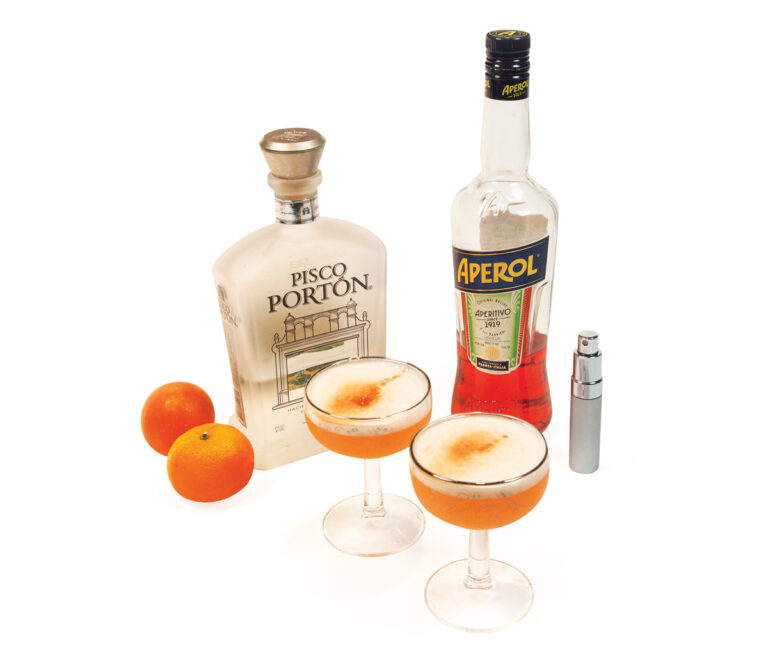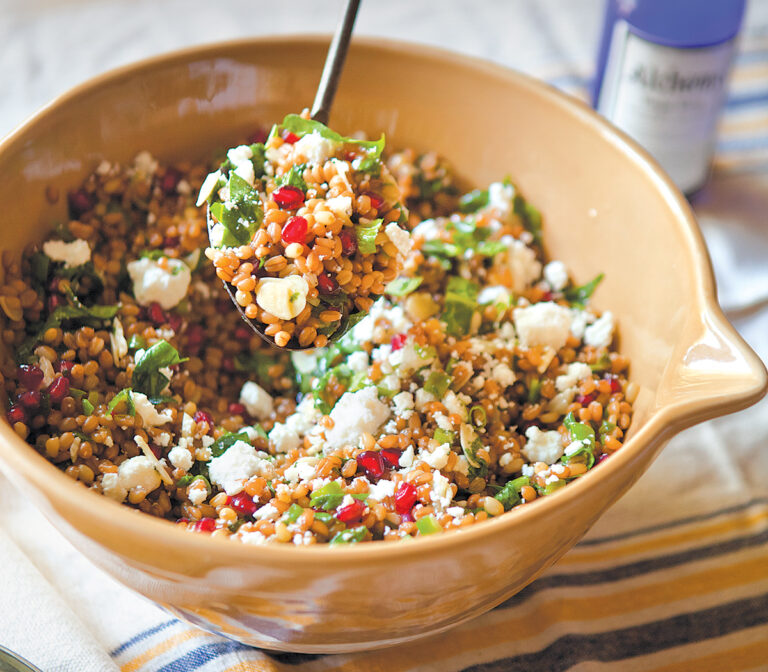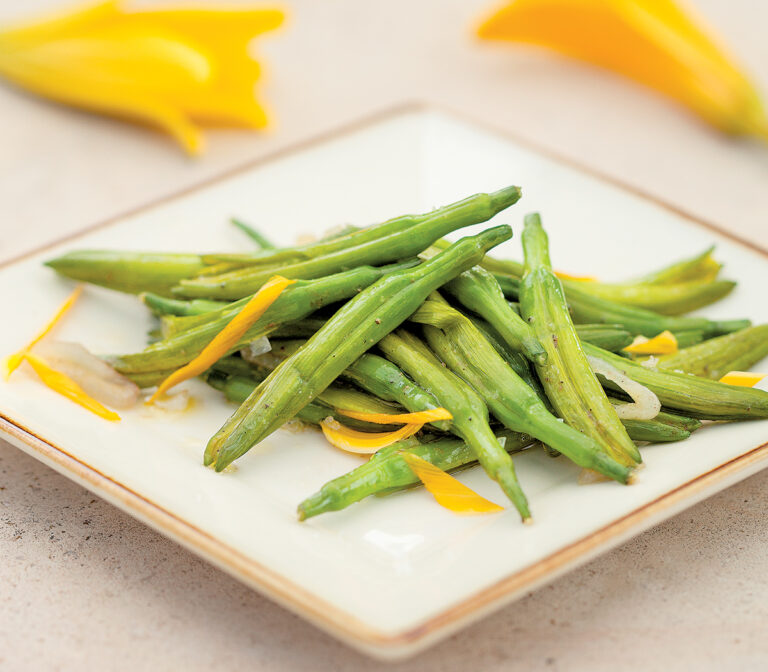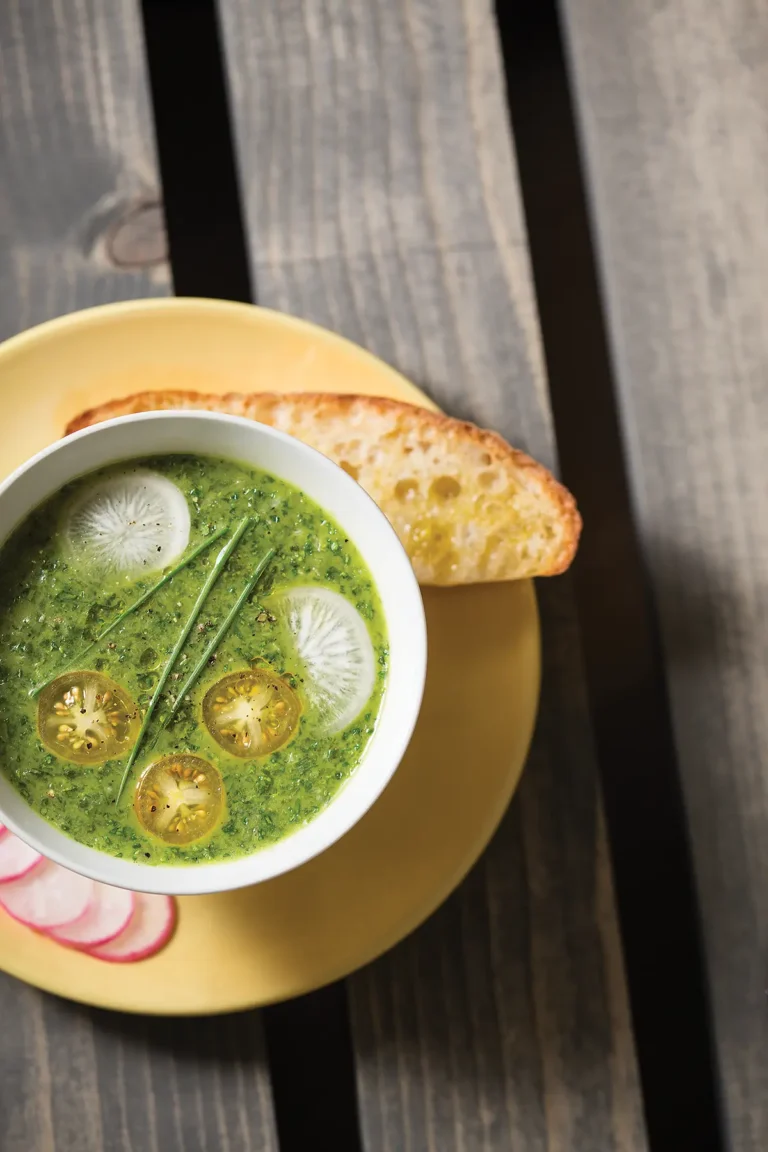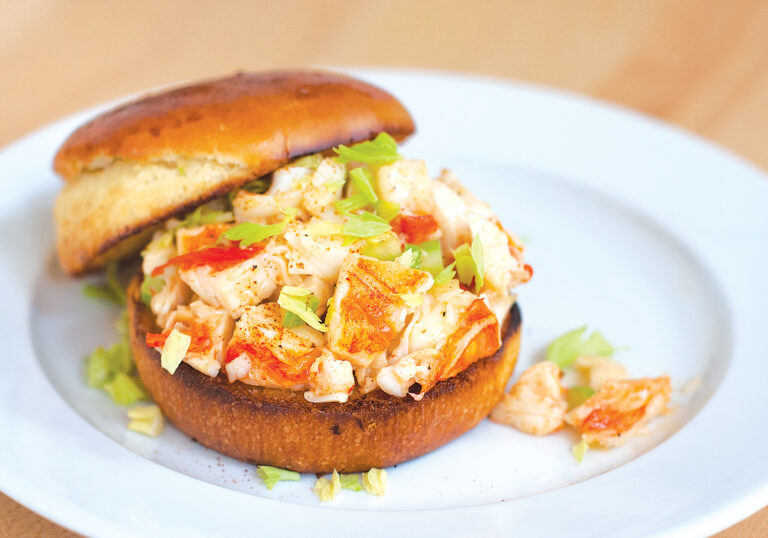Mission Mulled Wine
Spice Your Wine for Holiday Time
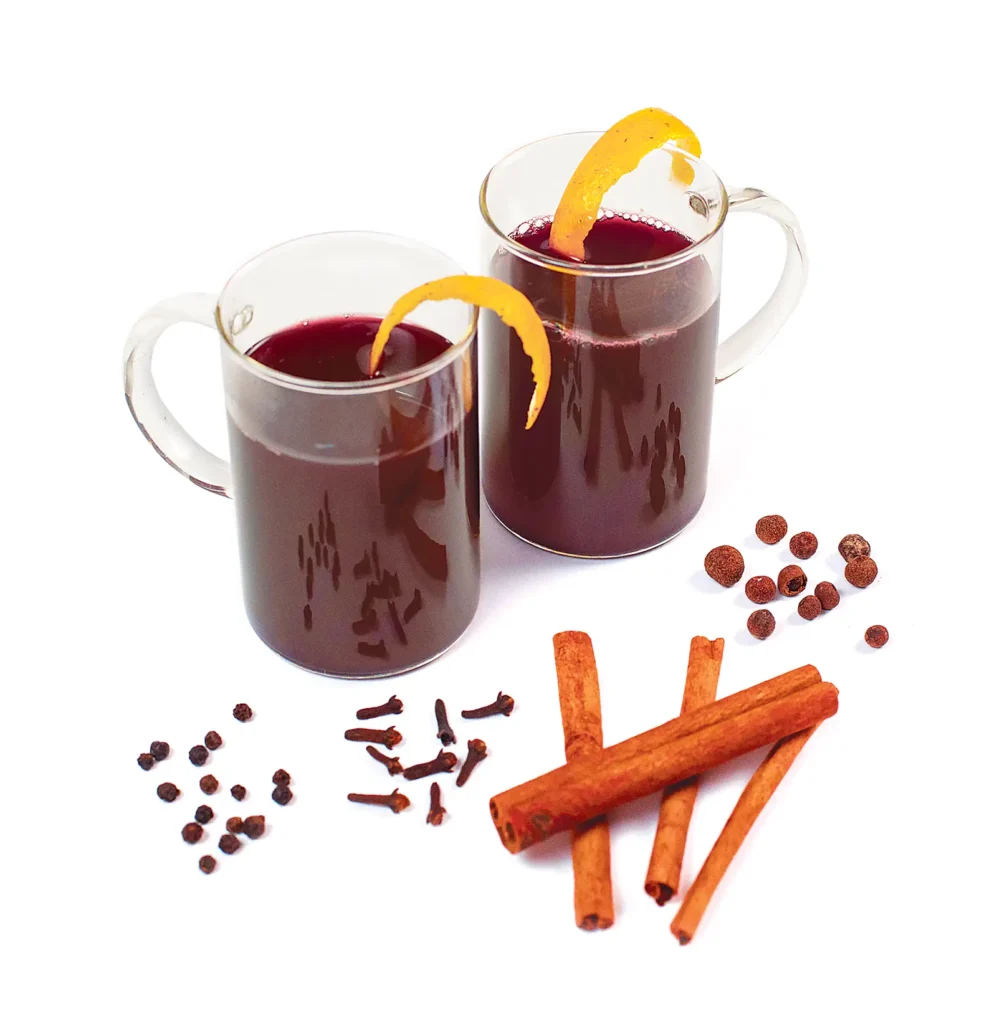
So I’ve been told there are houses where sometimes, and I can’t even believe I’m writing this, some nights when not all the wine bottles get finished. Come winter, there’s something fun you can do with that leftover wine, if you don’t have the ability (or bankroll) to preserve it with Coravin system. For this issue’s recipe doesn’t take the best of wine; in fact, it’s best to make this with your favorite cheapest wine. For it’s that cold-enough time of year to do some mulling.
There are numerous benefits to mulled wine: It allows you to use more of the citrus growing in your yard; it puts you in touch with a centuries-old tradition; it makes the house smell like a spice shop; it gives you an excuse to use those bottles of wine you can’t believe your friends brought over (you can heat up plonk with less fear you’re hurting good wine); it actually does taste yummy.
First and foremost, mulled wine is structure much more than stricture. I will provide one possible recipe for you, with a couple of unusual twists, but do what pleases you.
Some people add vanilla bean or extract, as they want more of a baked-good flavor. Some recipes, like the Scandinavian Glögg, ask you to float sliced almonds in the drink. Now, I like almonds, but I’m not interested in making a wine sundae. So, follow your taste.
Basically, all you need to do is start with this simple equation: wine + sweetener + spice + heat = mulled wine. Commence caroling.
After all, a form of mulled wine mysteriously known as smoking bishop was so popular in Victorian England that the scared-straight Scrooge tells Bob Cratchit toward the end of A Christmas Carol, “I’ll raise your salary, and endeavour to assist your struggling family, and we will discuss your affairs this very afternoon over a bowl of smoking bishop, Bob!”
Also note that while heated spiced wine is a tradition (actually going back to the ancient Greeks), most of those old recipes are a bit frightful. Even the ever-entertaining Professor Jerry Thomas, often thought of as the first modern bartender, has some perfectly putrid mulled wines in his classic The Bon Vivant’s Companion or How To Mix Drinks from the late 1800s. One of which begins, “Beat up the whites and the yolks of the [nine] eggs separately, the sugar with the yolks.” Wine omelet, here we come!
Instead, our recipe calls for a bit of zip with the spice and a sweetener no Victorian could have imagined: agave nectar. The nectar not only makes this a bit more Californian/ Mexican, it also blends more fully than granulated sugar.
I know all the arguments about it not really being better for you, but you’re adding it to alcohol, after all. This is no time to get high and mighty.
The two off-the-beaten-mull ingredients, peppercorns and ginger, help give this drink a happy zippiness. The peppercorns add a tiny bit of heat, a bit of the back of the throat bite. In some ways, they just up your wine’s tannins for you. And that ginger, it gives sweet, heat and spice, so don’t leave it out. But whatever you do, don’t try to use powdered ginger. The straining part easily fishes out fresh ginger, but powdered ginger leaves a nasty slick on your fine potion.
As for what wine to use, cheaper is fine. But even cheap wine doesn’t deserve to be cooked; you want to heat it gently. And since you’re going to put it through a series of tests— heat, spice, citrus—it’s better to use a heartier red wine varietal. Poor defenseless Pinot Noir would retire to its fainting couch with such treatment. Use a Syrah, or Rhone blend, or Cabernet or something similarly brawny.
And yes, this really isn’t a cocktail in the slightest. But your fireplace will forgive you. (And if you really need some fortification, you can experiment with an added tumbler of some port or brandy. Not that this mix needs that.)

